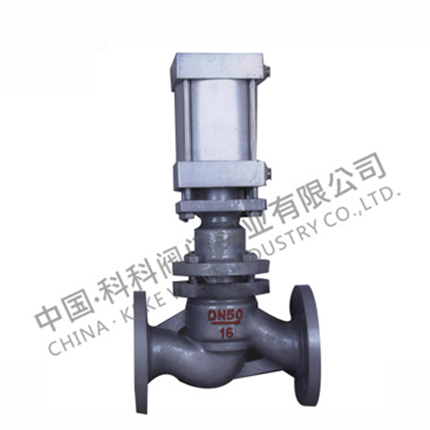The working principle of the plunger valve
The plunger valve is composed of valve body, bonnet, valve stem, plunger, hole frame, sealing ring, hand wheel and other parts. Its working principle is to complete the valve by driving the plunger to reciprocate up and down in the middle of the hole frame through the valve stem. Turn on and off the function. The sealing ring adopts a new non-toxic sealing material with strong elasticity and high wear resistance, so the sealing is reliable and durable.
In the valve, an interference fit is adopted between the plunger and the sealing ring. By adjusting the flange bolts in the gland, the lateral force generated by the compression of the sealing ring is sealed with the hole surface of the valve body and the outer circle of the plunger, thereby ensuring the valve The sealing performance prevents internal and external leakage. At the same time, the valve opening torque is small, and the valve can be opened and closed quickly. Compared with the stop valve, the plunger valve has a longer life and labor-saving operation. But the adjustment stroke is longer than the stop valve, so the throttle control is more difficult than the stop valve. Both are not suitable for places with clear requirements for regulation.
Some technical parameters of the plunger valve are as follows:
1. Runner: straight-through.
2. The valve body and bonnet are made of cast steel or cast steel, and the plunger, valve stem and isolation ring are made of stainless steel. The sealing ring is made of flexible graphite or polytetrafluoroethylene.
3. The sealing ring and isolation ring are compressed by the connecting bolts, nuts and spring washers of the valve body and the bonnet.
4. Sealing is achieved by the outer diameter of the plunger and the inner diameter of the sealing ring.
5. The valve opens and closes slowly.
Previous:Selection of high temperature ball valve material
Next:No More!
 Service Hotline:0577-85981234
Service Hotline:0577-85981234 

 Position:
Position: